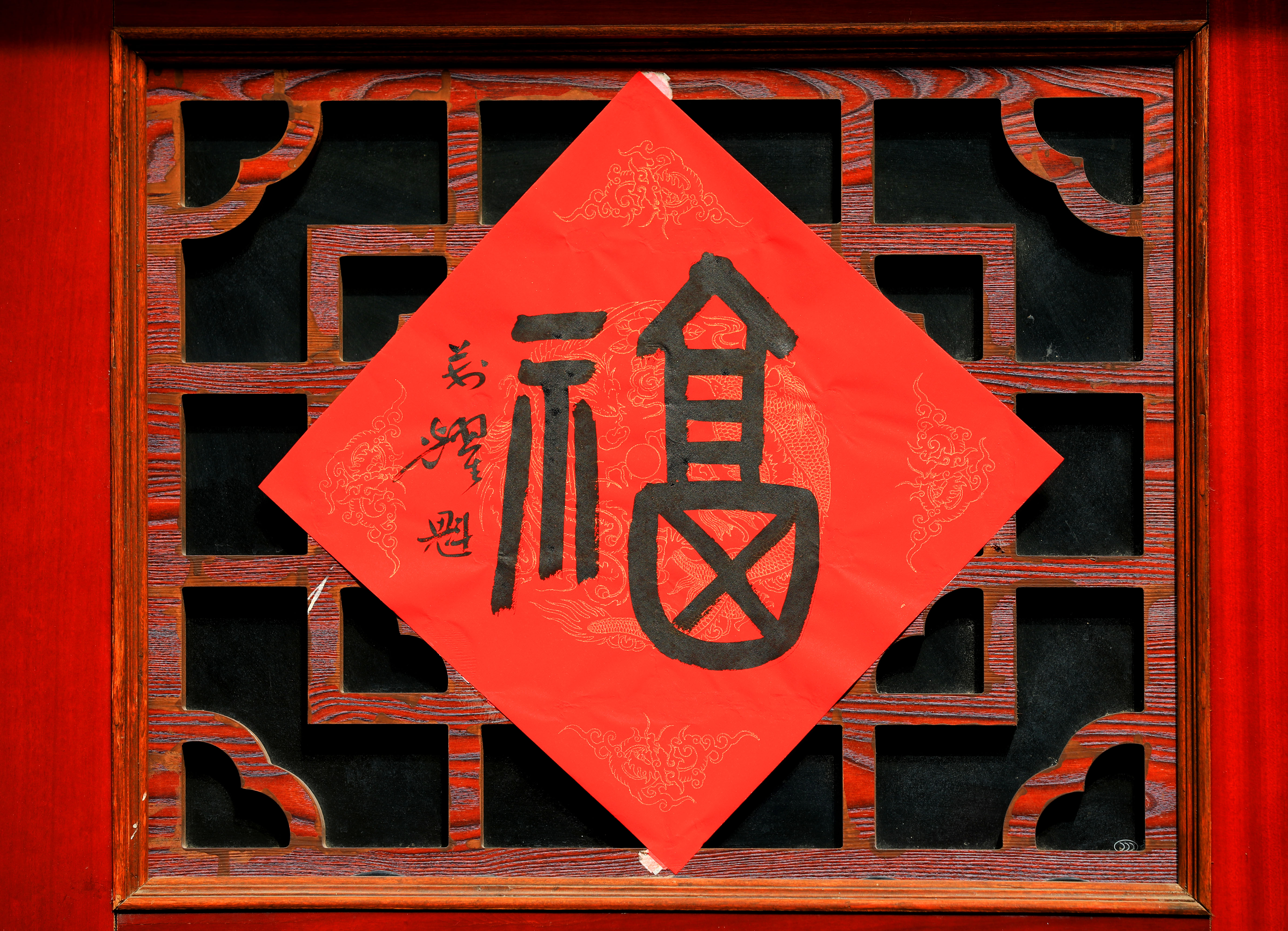Folk Arts Make Spring Festival Colorful
By Staff Reporters

The Xiling Temple Fair held at Jiefang Road in Yichang, Hubei province. (PHOTO: VCG)
The most important holiday for the Chinese people is Spring Festival, also known as Lunar New Year. It is a time when all family members gather and celebrate together. The festival is also observed in some East Asian and Southeast Asian countries and regions. The Lunar New Year in 2024 will begin on February 10.
Time-honored traditions
The Spring Festival involves many traditions, some of which are still followed today, but others have been updated with the development of technology.
Preliminary Eve is the 23rd day of the 12th lunar month. People offer sacrifices to the kitchen god at this time. However, most families now prepare delicious food for the occasion.
People start preparing for the New Year after the Preliminary Eve. This is referred to as "seeing the New Year in." Before the New Year, people thoroughly clean their homes and their clothes, bedclothes, and then start decorating their clean rooms to create a festive and joyful atmosphere.
Spring Festival couplets are pasted on each side of the front door, highlighting Chinese calligraphy with black characters on red paper. Displaying the Chinese character FU (which means "blessing or happiness") is essential. Usually, the character is pasted upside down on the door between the couplets, because the "reversed FU" is homophonic with the phrase "Good luck arrives" in Chinese pronunciation.
Everyone dresses up when they wake up on New Year's Day. The day begins with people greeting their parents and grandparents. Then, as a New Year's gift, each child will receive money wrapped in red paper, also known as lucky money, which usually represents the new year's wishes from parents.
Fireworks were once the most popular Spring Festival custom. People believed that the sound could help drive away evil spirits. However they have been either entirely or partially prohibited in most cities after being considered unsafe, noisy, and the cause of environmental pollution.

The Chinese character FU. (PHOTO: VCG)
Intangible heritage shines
With the Year of the Dragon commencing on February 10, Chinese find themselves at the crossroads of tradition and reality. The New Year not only marks the beginning of spring, but is also a time of introspection about the richness of intangible cultural heritage related to the Spring Festival.
Chinese New Year pictures, or Nianhua, a form of colored woodblock print, have a long history dating back to the Western Han Dynasty. Nowadays, Nianhua's cultural and artistic value makes it a reflection of Chinese people's daily lives.
Originating in the Western Han Dynasty (206 BC- 24 AD) more than 2,000 years ago, Chinese lanterns are an ancient traditional handicraft, which integrate different skills, including painting, paper-cutting and paper binding. It is a Chinese custom to hang red lanterns in the New Year, which symbolizes peace and prosperity.
The temple fair, also known as Miaohui in Chinese, is a traditional cultural event that features all kinds of Chinese folk arts during the Spring Festival. The fair is usually held at temples or adjacent to them, hence the name.
Popular lion dancing
The dancing lions, along with the sound of drums, cymbals and gongs, signal the approaching Spring Festival in China. This performance is popular in Guangdong province.
The Guangdong Lion Dance, which was listed as a national intangible cultural heritage in 2006, is a combination of martial arts, dance and music. It originated as the royal lion dance during the Tang Dynasty (618-907) and was later introduced to the south by migrants from the north.
It developed into its modern form during the Ming Dynasty (1368-1644). In traditional Chinese culture, lions are regarded as a symbol of integrity, power and prosperity, which can protect humans and livestock from the evil and disease.
This art form is not only popular in south China's Guangdong province, but also in other parts of the country and with overseas Chinese, making it a cultural bridge for Chinese who are seeking their national roots.
Spark of iron flowers
What makes the Spring Festival so vibrant is not just lion dancing and firecrackers. The Datiehua folk art, which means "striking iron flower," was listed as a national intangible cultural heritage in 2008. This folk art involves splashing molten iron to create sparkling streaks of light, which simulate fireworks. The performance is a traditional way of celebrating the Spring Festival.
The history of Datiehua can be traced back to the Spring and Autumn periods (770BC—476AD), with the emergence of the mining and iron-smelting industry in China. At first, Datiehua was just used for sacrificial rituals by craftsmen in their own industry. However, in the Song Dynasty, it gradually evolved into a traditional folk celebration.
Datiehua, or strike iron flower, an intangible cultural heritage, is performed at a fair in Wenchang, Hainan province. (PHOTO: XINHUA)






